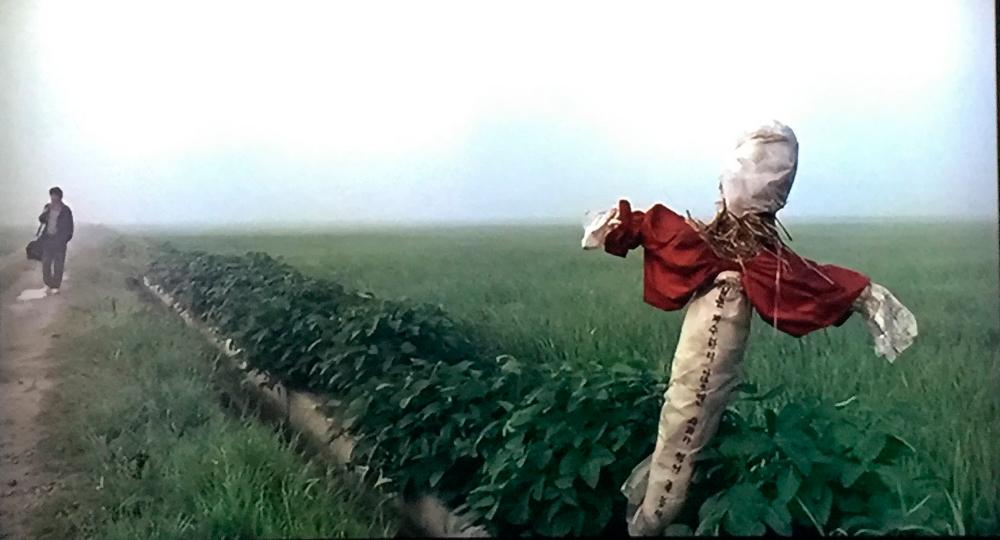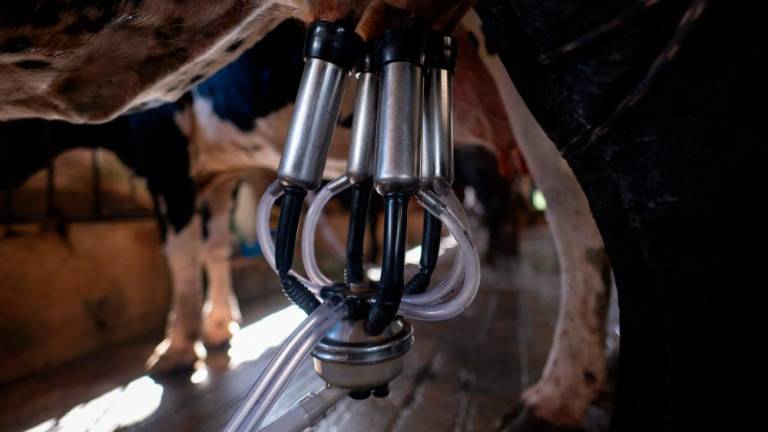This case had everything that could intrigue a true crime fan ... women turning up bound, gagged and mutilated around the countryside, police left baffled despite millions of manhours of investigation, and a killer who eluded capture for over 30 years.
The killings, which took place in the rural South Korean city of Hwaseong during the late 1980s, inspired the 2003 South Korean mystery-thriller Memories of Murder, directed by Bong Joon-ho.
Bong’s film perfectly captured the frustration of the investigators, and the terror which gripped the citizens of Hwaseong.
The films iconic final scene featured the lead investigator (played by Song Kang-ho) staring directly into the camera, and was said to have been Bong’s way of sending a message to the killer.
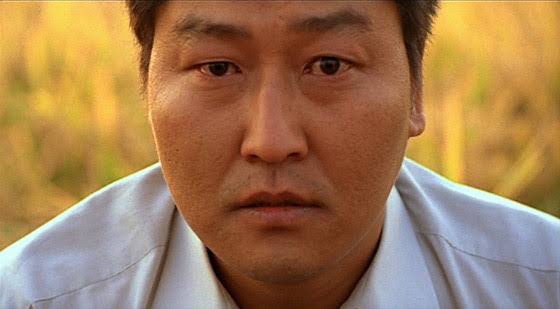
Many believed the killer could have been among the audience members, watching the film to relive his crimes.
But unbeknownst to anyone at the time of the film’s release, the killer had already been caught.
Terror in Hwaseong
The killings began in late 1986, just as the country was undergoing an economic shift, with many people moving from the rural areas into the cities in search of employment and a better life.
Hwaseong itself straddled the urban-rural divide, with a growing urban area surrounded by rice paddy fields and farmhouses.
On Sept 15, 1986, the body of a 71-year-old woman was found in a field. She had been strangled on her way back from visiting her daughter.
Over the next year, the bodies of six more women, aged between 19 and 54, were discovered around Hwaseong, left in canals, by river embankments and in a paddy field.
The killer had strangled them all, either using his hands or pieces of their clothing. Many of them were bound and gagged with their underwear or socks.
Most of the women had their genitals mutilated in some way, horrifying investigators. One had been penetrated by an umbrella, another had peach slices inserted into her body.
Semen had been discovered on most of the bodies, but with forensic science still in its infancy, police were only able to determine the blood type of the perpetrator, and none of the samples collected returned any conclusive results.
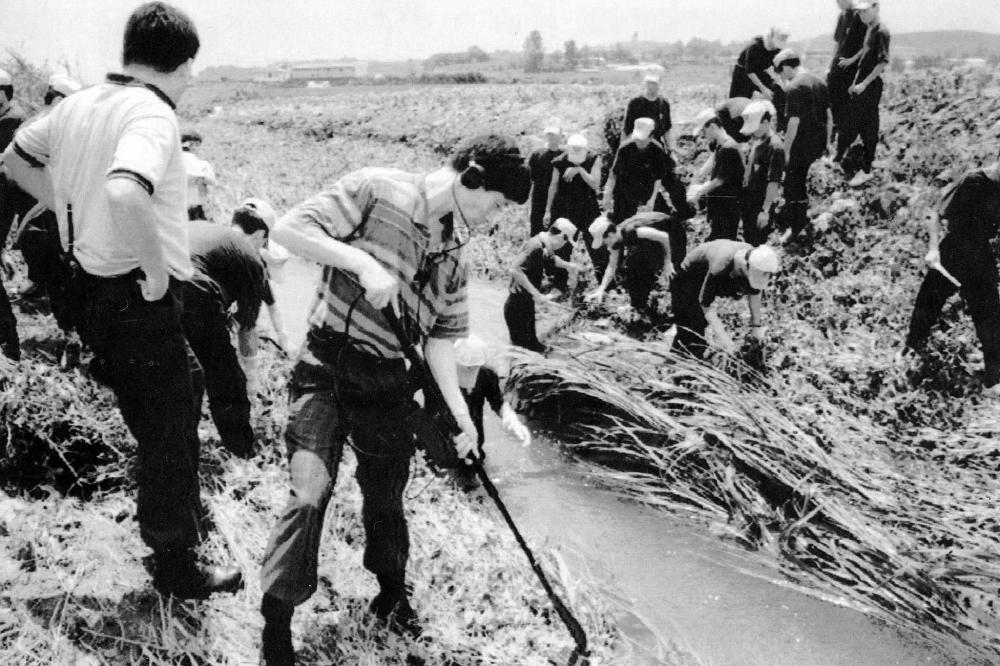
Throughout that dark period, dozens of other women in Hwaseong reported being raped, and were able to describe their attacker as a young man in his 20s, with short hair, narrow eyes and a sharp nose.
After the seventh body was found on Sept 7, 1987, the killer seemingly stopped.
Had he had enough?
Was he even still in the city?
Those questions seemed to be answered on Sept 16, 1988, when a 14-year-old schoolgirl was found raped and murdered in her bedroom, killed by an intruder while her family slept.
This fresh murder caused a stir, but police believed it was a copycat killing, and eventually arrested a 22-year-old disabled repairman for the crime.
The man, Yoon Sung-yeo, was eventually sentenced to life in prison.
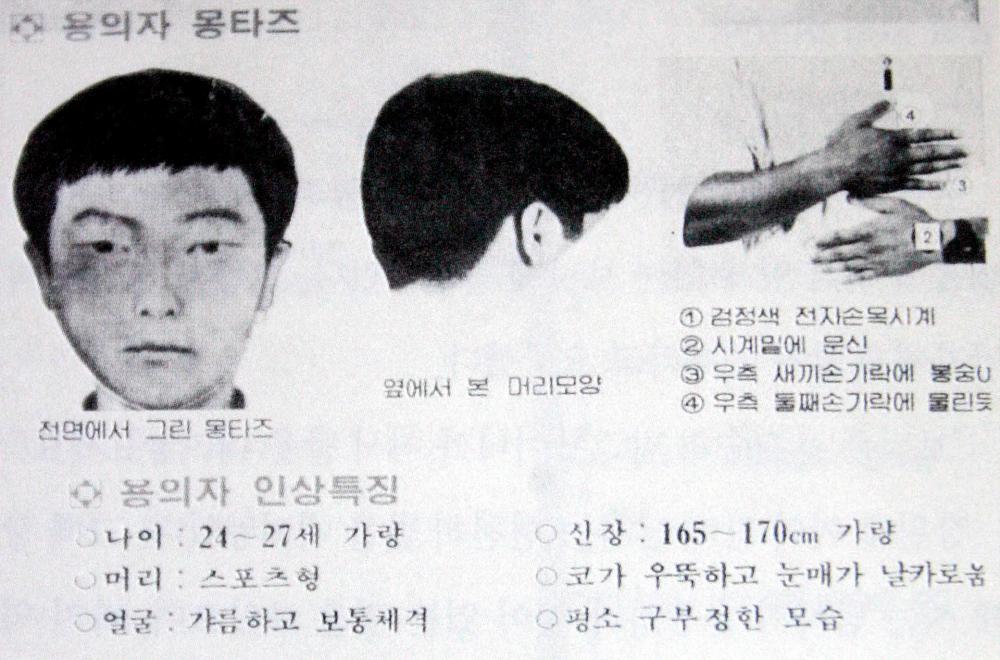
In the following years, two more notable murders would take place in Hwaseong: that of a 14-year-old schoolgirl in November 1990, and a 54-year-old woman in April 1991.
Both were bound and strangled in a similar fashion to the earlier cases.
But with no solid suspects, and no further evidence, the trail went cold leaving investigators frustrated.
The killer unmasked
Over the years, the police kept the case files open, despite the seemingly impossible odds of ever finding the killer...then in 2006, the statute of limitations for the Hwaseong cases had passed, meaning that even if the killer was found, he could no longer be prosecuted for the crimes.
Late last year, the police made a stunning revelation.
On Sept 18, 2019, almost 33 years to the day since the discovery of the first body in Hwaseong, they held a press conference to announce that the notorious killer had been found after a DNA test matched him to several of the Hwaseong victims.
His name: Lee Choon-jae.
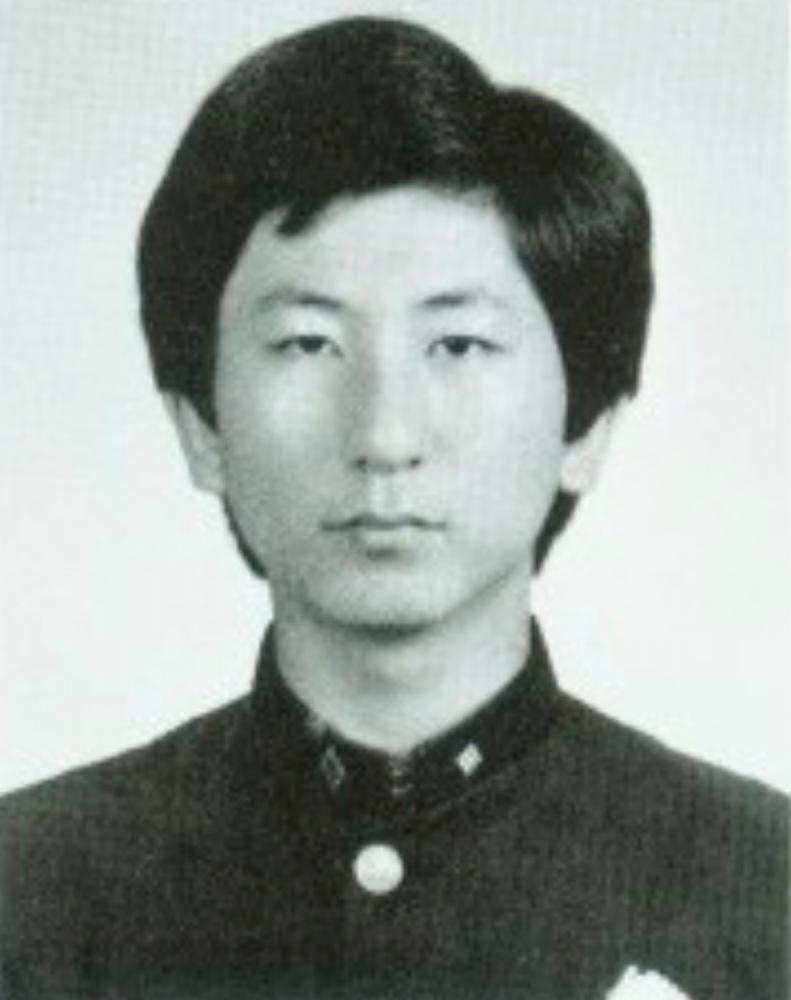
The Hwaseong native was in his mid-50s, and had been serving a life sentence since 1994 for the rape and murder of his sister-in-law.
Lee eventually confessed to a total of 15 murders besides the one for which he had been convicted, including the 1988 copycat killing which had been attributed to Yoon, as well as the murders of two women which had occurred during 1991 and 1992 in the city of Cheongju, in a neighbouring province.
He also confessed to over 30 rapes and attempted rapes across the countryside, giving police a detailed account of incidents and locations.
From his confession, police managed to piece together a string of crimes that stretched over eight years, which had unknowingly been stopped by his arrest and conviction in 1994.
Closure
It was now clear that Lee was, in fact, one of South Korea’s most prolific serial rapists and murderers, and had he not been caught, would have continued his reign of terror indefinitely.
Besides the innocent women he murdered, Lee’s crimes had another unintentional victim – Yoon, who had spent nearly 20 years in prison for a crime he did not commit.
He had been out on parole since 2009, and in November 2019, he petitioned for a retrial to clear his name.
Because of South Korea’s statute of limitations, Lee can no longer be charged for any of the crimes which he has admitted, but prosecutors are hoping that by closing the investigations for good, it can bring some closure to the families of the victims, and ensure that Lee serves out his life sentence in prison without the possibility of parole.



